The Bureau of Suspended Objects at the Palo Alto Art Center
2016
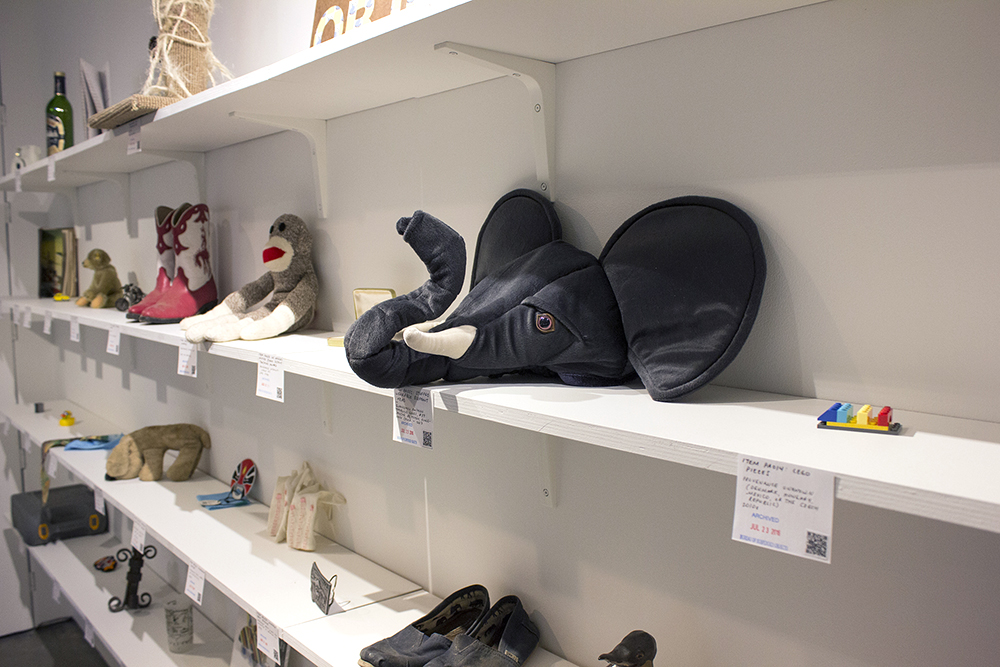
During the summer of 2016, while an artist in residence at the Palo Alto Art Center, I ran a version of the Bureau of Suspended Objects that collected and archived unwanted objects ("pre-trash") from visitors, who contributed everything from a sock monkey to an unopened bottle of 1990s Glenfiddich scotch, along with stories about the objects.
From October to December, visitors to the B.S.O. exhibition were allowed to claim one suspended object to take home at the exhibition run. Their claims were indicated with a "red dot" typical of gallery sale. To my surprise, by December, most of the objects had been claimed. Claimants also received the B.S.O. archive tag for the object, as a reminder that they were receiving not only a functional object but a piece of conceptual art.
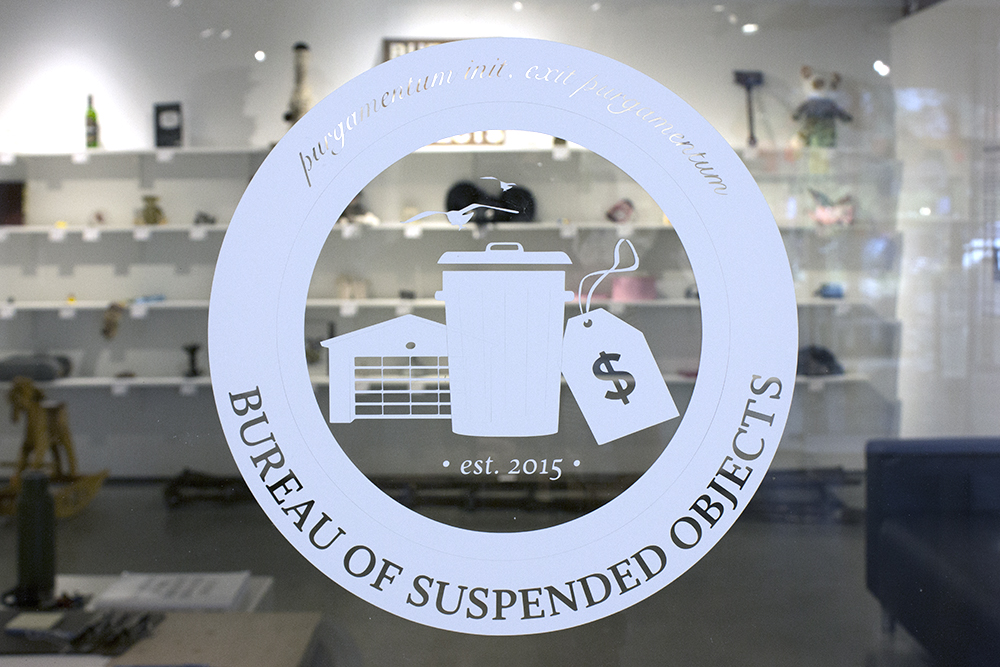
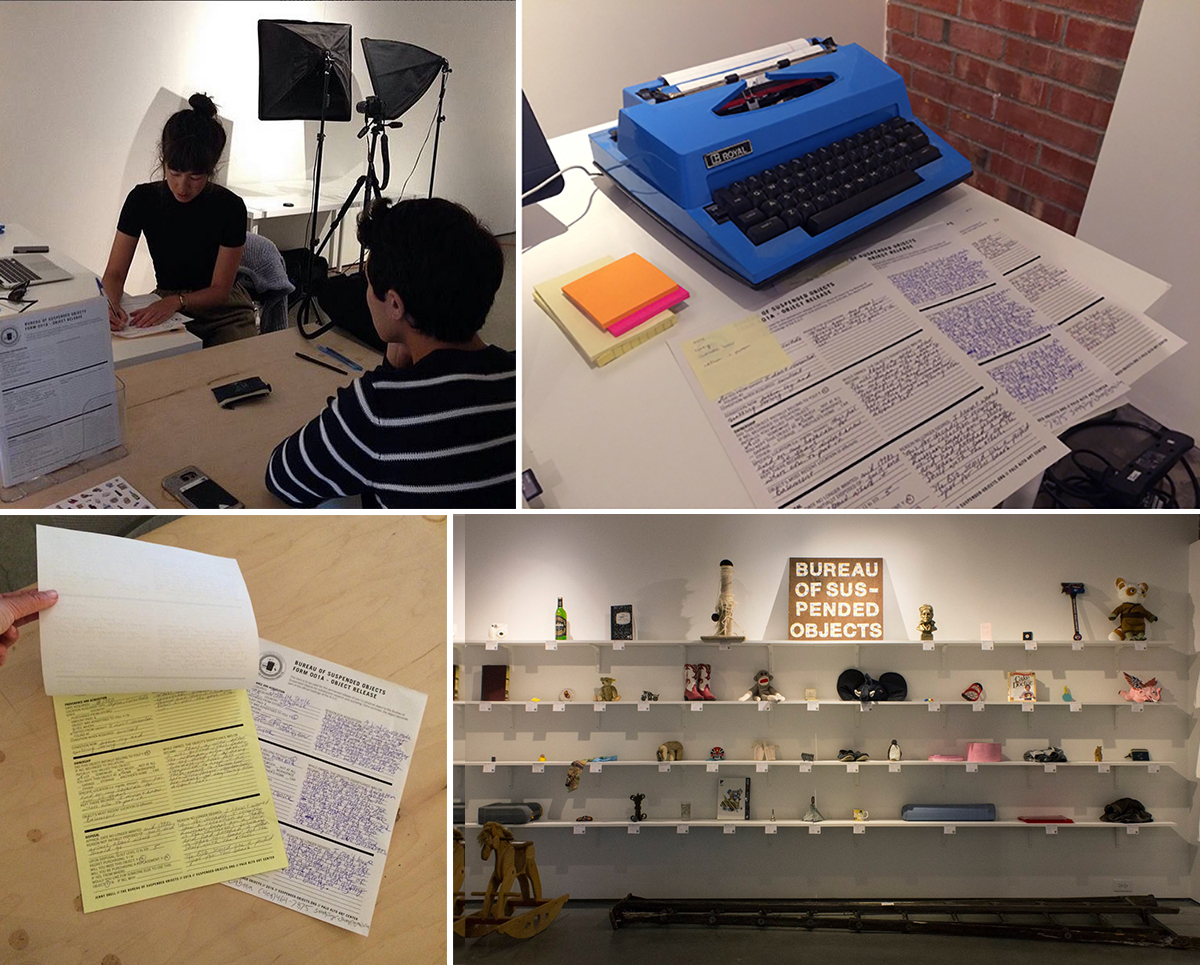
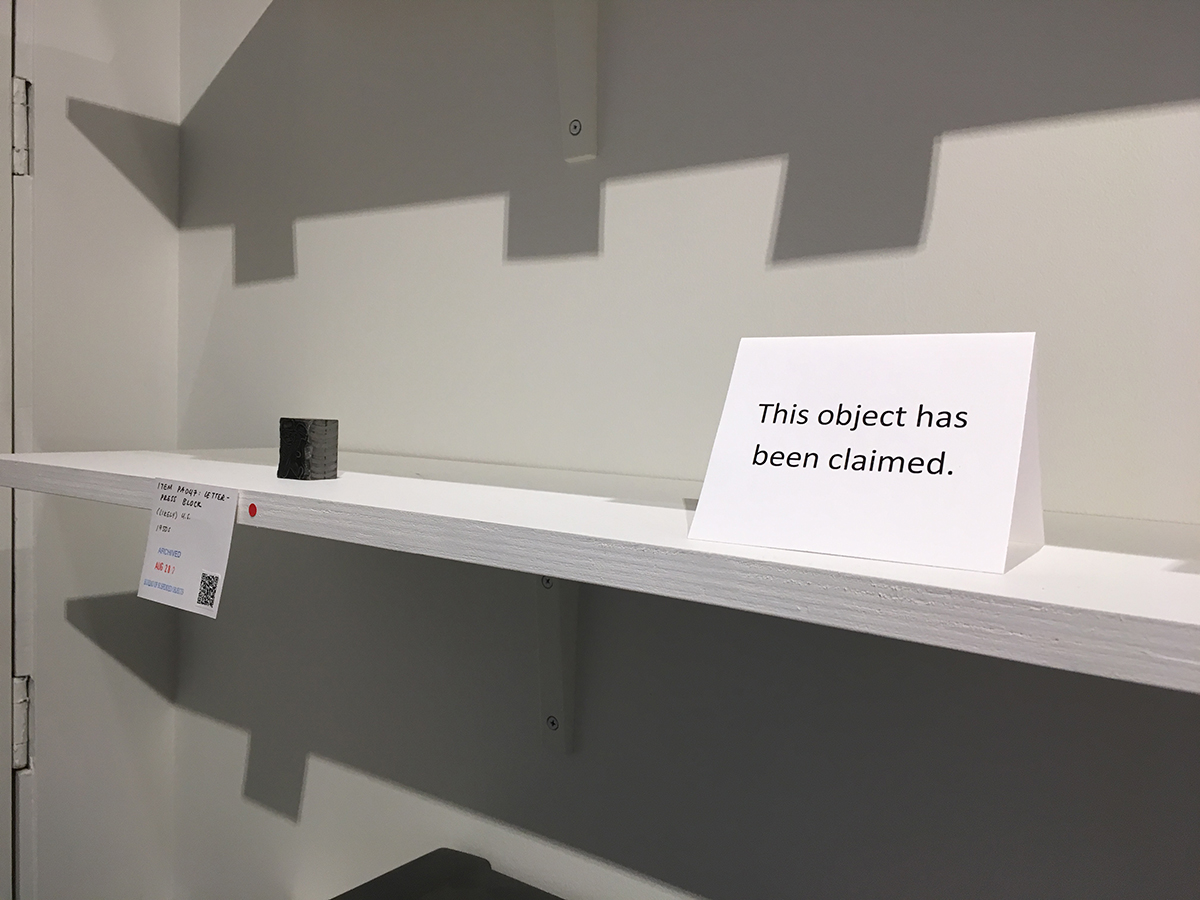
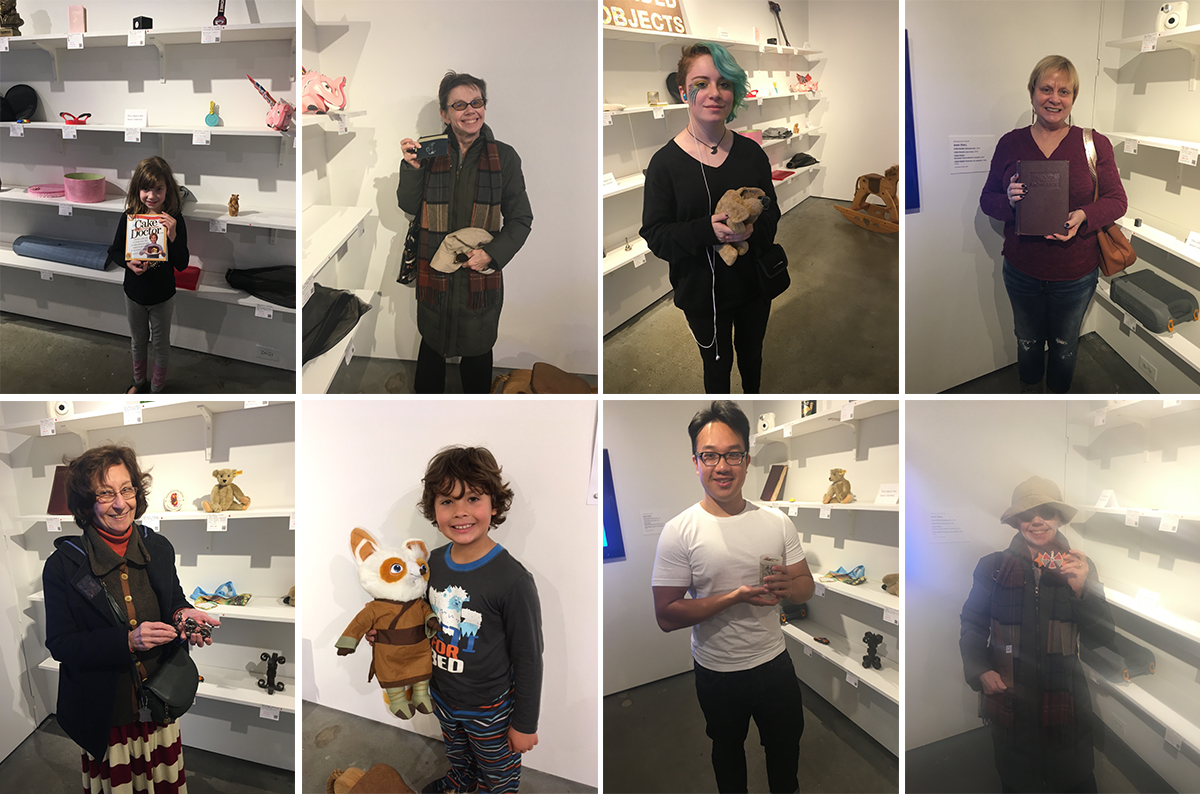
The project known as the Bureau of Suspended Objects began while I was an artist in residence at Recology SF, a waste and material recovery facility in San Francisco. The B.S.O., a one-person organization, was concerned with archiving as many discarded or, in this case of this version, about-to-be-discarded objects as is reasonably possible, photographing each one, and doing extensive research into the details surrounding its origins.
At Recology, although I was sometimes able to find those origins, the part of an object's life in which it was owned – what it meant to someone, where they kept it, why they had thrown it away, etc. – had obviously not been available to me. I did not expect personal, emotional investments in objects to be a major part of my project, which was more about manufacturing and global networks. But at the opening for my Recology show, I saw people wax nostalgic over items like the Western Electric 500 model rotary telephone, the Nintendo Entertainment System, or the bank ledger from 1906. It was clear that even in their orphaned states, many objects were still able to speak of their places in a collective cultural memory. It was further clear that the platitude “one man’s trash is another man’s treasure" actually points to the deeply subjective way we apply and re-apply value to objects that may or may not be considered trash at any given moment, by any given person.
At the Palo Alto Art Center, instead of acquiring “trash” from the dump, I asked for “pre-trash” from visitors: objects they’d been meaning to get rid of for a while (“Something where it’s only a matter of time,” I told them). I interviewed each person and had them fill out carbon copy forms modeled after tax forms like the W-9. The forms contained questions about the owner’s relationship to the object, their reasons for acquiring it and (now) disposing of it, and the level of guilt they felt in doing so. I then photographed each object and researched it in the manner characteristic of the B.S.O., typing up my findings on a 1970s Royal typewriter that I myself have almost gotten rid of many times since high school. In return for their contribution, each visitor received a packet containing the archival images, the typed-up B.S.O. research, and (if available) images of the object’s production.
The last step in this meditation on value and the symbolism of objects happened during the exhibition, where I allowed visitors to place red dots next to any archived object they wanted to take home at the end of the exhibition run (a few of these visitors are shown above). Sometimes the most intensely desired objects were ones whose owners cared the least about them. Furthermore, the new owners saw specific characteristics or potentials of the objects that were completely different from the things their owners had perceived in them. It seemed that in many cases, an object was simply more legible to one person than another – for instance, being able to identify a Steiff bear, or having seen the movie Kung Fu Panda. These differing perspectives changed the way the objects appeared to visitors, and to me, in a very real way.
What I hope visitors to the exhibition took away from this project (besides a useful or pleasing object) is that waste is as much a psychological issueas it is a material one. Of course we should learn to recycle, but we should also learn to look carefully at our belongings. To do so might lead to a better recognition of the symbolic function of objects – what they say to us, why they stop speaking, and how they might be brought to life again.